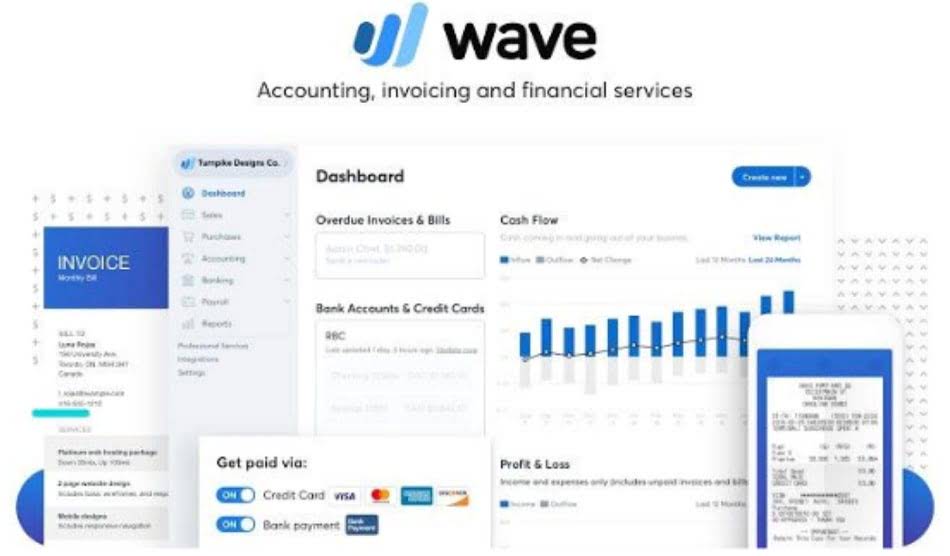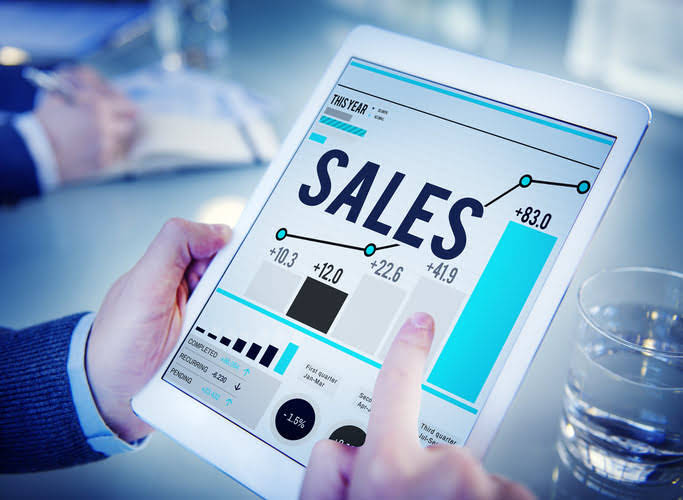
Incremental cost is the total cost incurred due to an additional unit of product being produced. Serverless compute for DLT pipelines offers up to five times better cost-performance for data ingestion and up to 98% cost savings for complex transformations. In this blog post, we’ll delve into how serverless compute for DLT achieves outstanding simplicity, performance, and the lowest total cost of ownership (TCO).

Impairment of contract costs
Streaming pipelining improves the throughput of loading files and events in DLT when using streaming tables. Previously, with classic compute, it was challenging to fully utilize instance resources because some tasks would finish early, leaving slots idle. Stream pipelining with DLT on serverless compute solves this by enabling SparkTM Structured Streaming (the technology that underpins streaming tables) to concurrently process micro-batches. All of this leads to significant improvements of streaming ingestion latency without increasing cost. The IBR (Incremental Borrowing Rate) under IFRS 16 is a distinct financial metric used to calculate the interest rate an entity would incur if they obtained additional debt for a lease arrangement.

Benefits of Incremental Cost Analysis
When you increase to two widgets, the employee works more efficiently due to repetition. So instead of taking one hour to make two products, your employee can do it in 45 minutes. A leveraged buyout (LBO) is a transaction in which a company or business is acquired using a significant amount of borrowed money (leverage) to meet the cost of acquisition. Discover the key financial, operational, and strategic traits that make a company an ideal Leveraged Buyout (LBO) candidate in this comprehensive guide.
Incremental Cost vs. Marginal Cost
- Businesses must determine the exact volume at which they can get the greatest value.
- These include the type of financing (debt or equity), the current market conditions, the company’s financial history, and more.
- Costs incurred to fulfil a contract have similarities with work-in-progress, but they are explicitly excluded from the scope of IAS 2 (IAS 2.8).
- Additionally, selling to existing customers usually has a shorter sales cycle, which can lead to faster growth.
- Incremental cost of capital is the weighted-average cost of new debt and equity issuances during a financial reporting period.
From the above information, we see that the incremental cost of manufacturing the additional 2,000 units (10,000 vs. 8,000) is $40,000 ($360,000 vs. $320,000). Therefore, for these 2,000 additional units, the incremental manufacturing cost per unit of product will be an average of $20 ($40,000 divided by 2,000 units). The reason for the relatively small incremental cost per unit is due to the cost behavior of certain costs. For example, when the 2,000 additional units are manufactured most fixed costs will not change in total although a few fixed costs could increase. Deciding on the capitalisation of contract costs requires careful judgement.
Assume a company determined that the annual cost of operating its equipment at 80,000 machine hours was $4,000,000 while the annual cost of operating its equipment at 70,000 machine hours was $3,800,000. From the moment a company realizes they cannot determine the implicit rate, the challenge instead shifts to determining what the incremental borrowing rate should be. This change in the treatment and definition of a lease is important to review before understanding what the incremental borrowing rate is and how exactly companies use it.

How do you calculate the incremental cost at different scales of production?
- It is the total amount of money paid for producing an additional unit of a product.
- The country of origin of the lease should be considered, as the risk profile of leases entered into in developing countries is much different than those in developed countries.
- To help you make a decision, you calculate the ICC of the expansion project.
- Based purely on the available financial information, the management team should decide to take on Alternative B as a new and/or additional segment.
- A restaurant with a capacity of twenty-five people, as per local regulations, needs to incur construction costs to increase capacity for one additional person.
- A lessee should be evaluated to see if they have enough quality collateral to meet lease payments if a default were to occur.
It simply computes the incremental cost by dividing the change in costs by the change in quantity produced. Incremental cost is choice-based; hence, it only includes forward-looking costs. The cost of building a factory and set-up costs for the plant are regarded as sunk costs and are not included in the incremental cost calculation. The distribution of fixed costs to total costs decreases proportionately with the number of units produced, so extra care must be taken. It also helps a firm decide whether to manufacture a good or purchase it elsewhere.
However, you should also consider other factors such as revenue potential and risk when making your decision. You have done some market research and believe that there is demand for your product in the new location. To help you make a decision, https://www.bookstime.com/articles/how-to-calculate-cost-per-unit you calculate the ICC of the expansion project. For the past 52 years, Harold Averkamp (CPA, MBA) hasworked as an accounting supervisor, manager, consultant, university instructor, and innovator in teaching accounting online.
These costs are recognised as assets (costs incurred to fulfil a contract) as they primarily relate to fulfilling the contract but do not involve transferring goods or services to the customer. When a company’s incremental cost of capital rises, investors take it as a warning that a company has a riskier capital structure. Investors begin to wonder whether the company may have issued too what is incremental cost much debt given their current cash flow and balance sheet. A turning point in the rise of a company’s incremental cost of capital happens when investors avoid a company’s debt due to worries over risk. Unfortunately, this can result in investors pulling back from the company’s shares due to worries over the debt load or even dilution depending on how additional capital is to be raised.
However, when a company’s factory is at full capacity, creating an extra unit goes beyond variable costs. It encompasses a broad spectrum, including the initial investment in new facilities and production lines, hiring more staff, purchasing additional supplies, and other overhead expenses. Incremental Cost captures all pertinent costs impacted by the choice to increase production beyond a simple analysis of changes in variable costs. This holistic viewpoint is especially important for companies deciding on production levels strategically. Incremental costs are relevant in making short-term decisions or choosing between two alternatives, such as whether to accept a special order. If a reduced price is established for a special order, then it’s critical that the revenue received from the special order at least covers the incremental costs.

